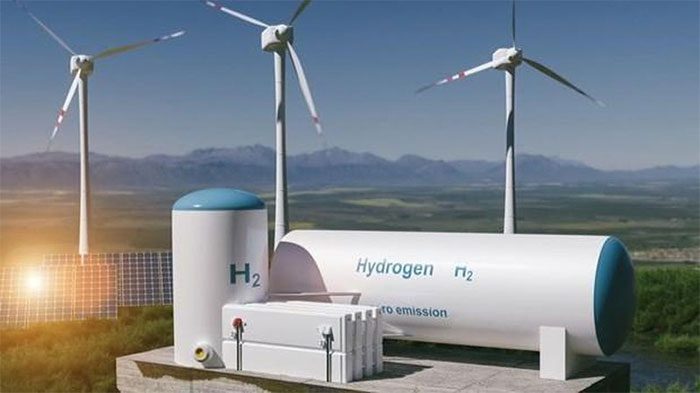Siberian Federal University (SFU) has researched a special structure of photoelectrochemical cell electrodes for water splitting, consisting of a photonic crystal and a thin layer of titanium nitride separated by a semiconductor layer.

Illustrative image. (Source: nsenergybusiness.com)
Scientists from Siberian Federal University (SFU) and the Krasnoyarsk Scientific Research Center have been developing nano-structured electrodes aimed at producing pure hydrogen.
The Nano Technology, Spectroscopy, and Quantum Chemistry Laboratory at SFU has reported that this unit has studied a special structure of cell electrodes for photoelectrochemical water splitting. This structure includes a photonic crystal and a thin layer of titanium nitride separated by a semiconductor layer.
According to the scientists, in this case, titanium nitride acts as a metallic mirror, and a wide band appears in the absorption spectrum of the aforementioned structure.
Hydrogen energy is a branch of energy that utilizes hydrogen as a medium for storing, transporting, producing, and consuming energy. Hydrogen is the most abundant element on the surface of the Earth and in space, and hydrogen energy is considered one of the alternative energy sources.
The research conducted by scientists in Siberia contributes to the search for renewable energy sources to replace the gradually depleting fossil fuels.
Modern developments in solar energy primarily focus on two main areas: creating solar cells that convert sunlight into electricity and the development of direct conversion of solar energy into chemical energy carriers (such as hydrogen).


















































